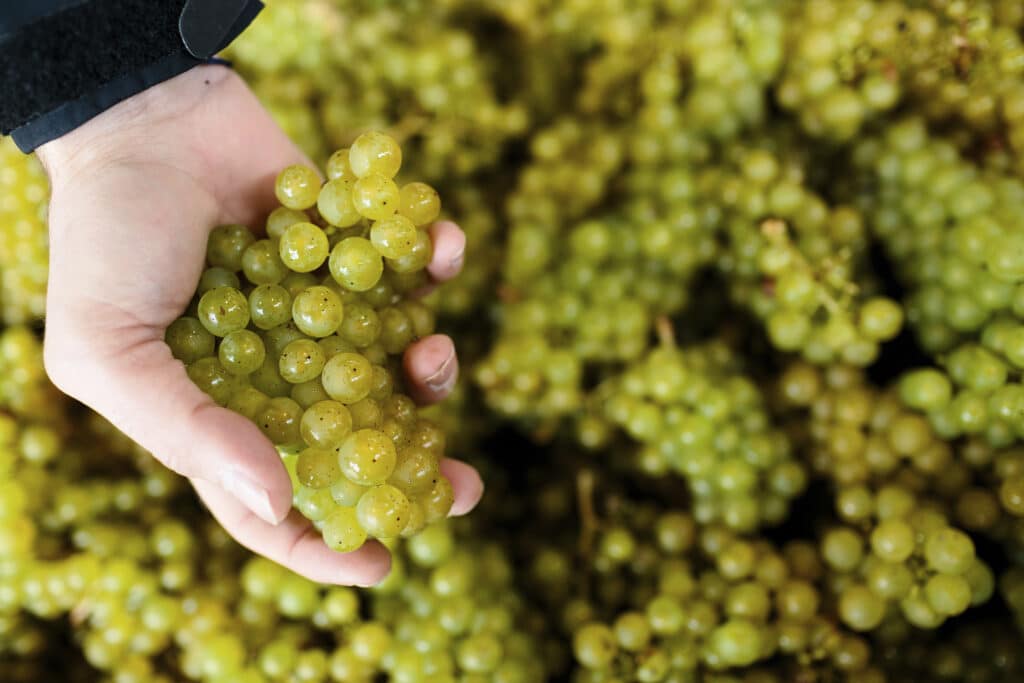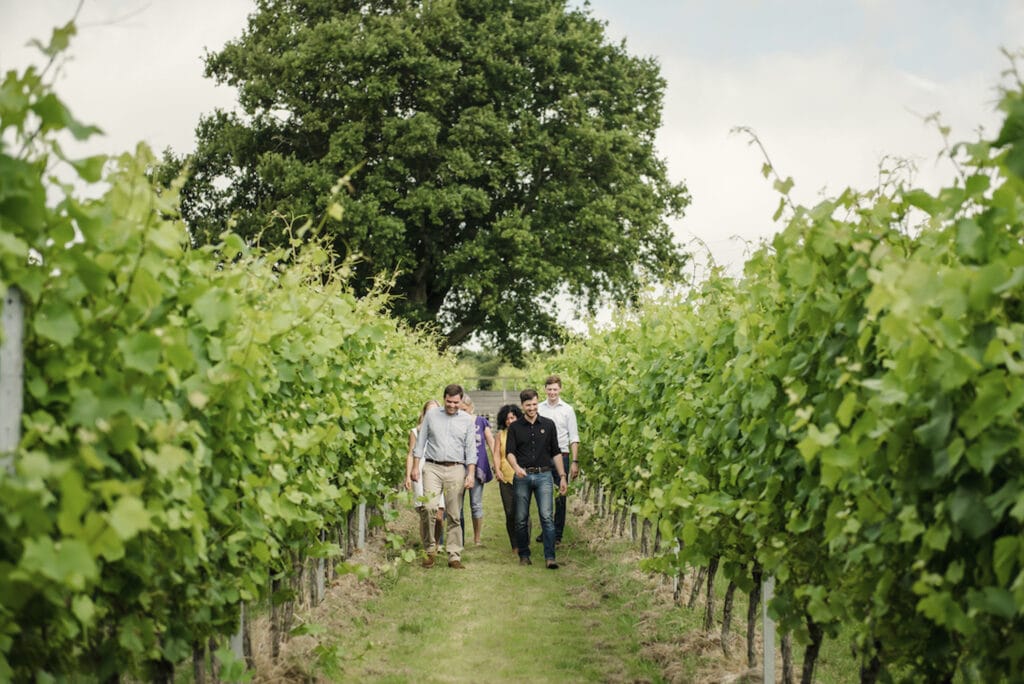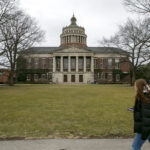Some experts have compared English sparkling wine to Champagne in taste and quality, while globally the sector is still relatively small. sales are growing U.K.-produced sparkling wine volume rose by almost 11% from 2015-2020, a report said. As reported by the AP:
The U.K. represents about 0.2% of total global sparkling wine volume in the entire world, but that number may be growing soon
LONDON (AP) — English sparkling wine has been gaining prestige in recent years, with some experts comparing it to Champagne in taste and quality.
Globally, the sector is still relatively small: IWSR Drinks Market Analysis reports that sparkling wine produced in the U.K. represents about 0.2% of total global sparkling wine volume. But sales are growing U.K.-produced sparkling wine volume rose by almost 11% from 2015-2020, the report said.

“Maybe 10 years ago, there were only two or three wines which might have been known outside of the U.K. or certainly recognized by wine critics as well,” says Jonathan White, spokesman for British wine producer Gusbourne. Today, “there’s a collective of maybe 10 to 20 producers that are making really excellent wines.”
Gusbourne planted their first vines in Appledore, Kent, in 2004. They released their debut Brut and Blanc de Blanc sparkling wines in 2010 and say demand has been growing ever since.
“There’s been a splurge of interest from overseas in recent years as wine media and critics have started to talk more fondly and more positively about the wines from England,” White says.
Known as the “Garden of England,” Kent has long been home to fruit-growing in the U.K., so it’s natural the area has become one of the country’s most successful wine-growing regions.
The pandemic gave local producers a boost in 2020 because travelers who couldn’t visit wineries abroad “started to realize that they could actually visit a winery at home,” says Anne McHale, a certified master of wine in London.
Talking from The Bloomsbury Hotel, where she has curated one of the largest English sparkling wine menus in the U.K., McHale says English sparkling made its name in 1998 when Nyetimber won best sparkling wine in the world at the International Wine and Spirits Competition.
“It was judged blind against a whole load of Champagnes and other sparkling wines by top industry judges, so people began to become aware that in this country we can actually make good quality wine,” she says.
Part of English sparkling wine’s attraction, she says, is its close resemblance to Champagne. It uses the same three grapes — Pinot Noir, Chardonnay and Meunier — and the same production method, the “traditional method.”
“This means the wine undergoes a second fermentation in bottle. The bubbles get trapped, and then the wine has the opportunity to spend some time aging on the yeast, which gives it that lovely, biscuity brioche character,” McHale says.
She adds that the soils where English vines are planted around the South Downs in South-eastern England contain a lot of chalk that is nearly identical to France’s Champagne region.
For all their similarities, there are also factors that give English sparkling wine a unique flavor.
“We’re quite a bit further north than Champagne. It’s cooler. And as a result, you get a higher level of acidity in the grapes, which then translates into more of a sort of mouth-watering bite of crispness and freshness in the wine,” says McHale.
White agrees. “Champagnes tend to have that sort of lovely, toasty richness that comes from maybe a slightly warmer climate, and wines which are maybe slightly more generous in that fruit kind of offering. English wines have a much more sort of steely, citrus backbone to them.”
Jon Pollard, chief vineyard manager at Gusbourne, says Britain’s longer growing season also affects the flavor.

“We’ve got this ability to have a slow ripening season, partly because of the slightly lower temperatures in this country and the lower sunlight levels. But that really allows the flavor profiles within the fruit to build up,” he says.
Pollard adds that Kent is perfectly located high off the coastline, providing a free-flowing breeze to keep the crop clean and fresh. “The enemy of fruit really is moisture and humidity and warm temperatures, which proliferate fungal diseases,” he says.
At the same time, England’s temperamental climate can prove a challenge.
Pollard says it’s taken years of trial and error to create the perfect growing conditions.
“You do start to know where the problems will occur,” he says. “So, we know where we might start to see a little bit of disease creep in and we know where we will have issues with frost and things like that. So, every year that goes on, we just get to learn more and more about the science and what we can expect from it.”
Some Champagne houses are now investing in English vineyards.
“We always sort of had the impression that the French think they make the best wine in the world and that the English can’t make wine, so it is quite satisfying in a way to see the French coming over and planting vines,” McHale says.
The temperate British climate was a draw for French champagne house Tattinger, which bought farmland in Kent in collaboration with U.K. winemaker Hatch Mansfield to create Domaine Evremond. Having planted their first vines in 2017, their wines will be released onto the market in the 2020s.
“During the growing season of the wine, the average temperatures in the south of England are approximately the same as what they would have been several decades ago in Champagne,” McHale says. “So, you know, the Champagne producers are seeing the potential of the land in the south of England.”
By LOUISE DIXON






